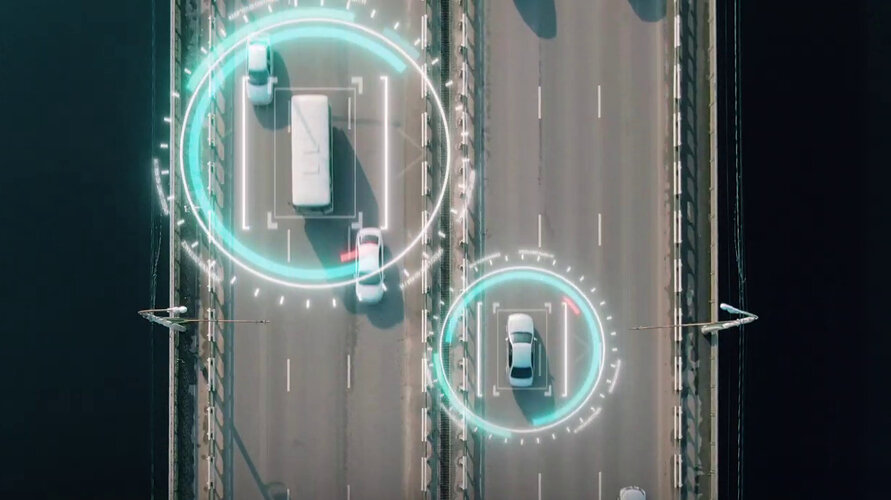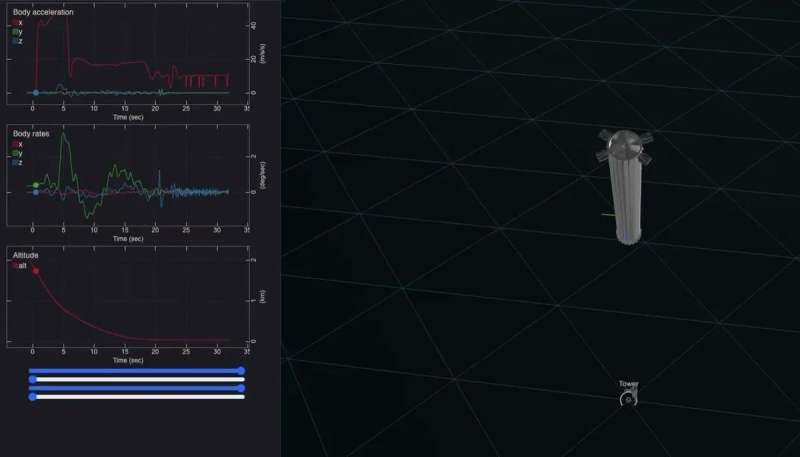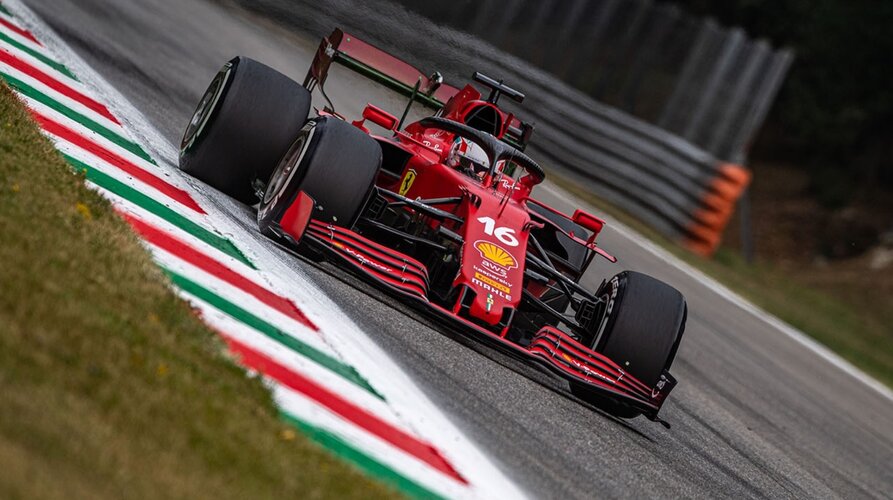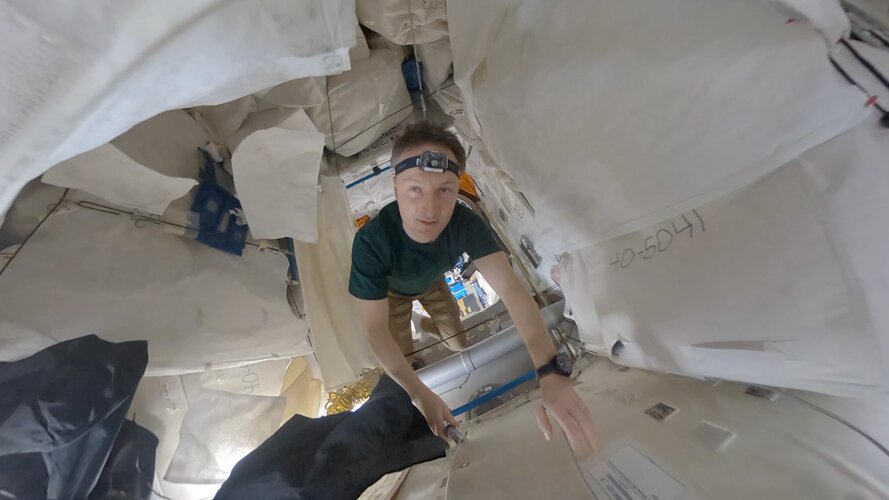
Copernical Team
Inventing the future of Navigation
 Video:
00:05:15
Video:
00:05:15
Many of the experts that designed and oversaw the Galileo satnav system are now supporting cutting-edge European companies in the development of new navigation technologies and services. The result is ESA’s Navigation Innovation and Support Programme, NAVISP.
NAVISP is looking into all kinds of clever ideas about the future of navigation: ways to improve satellite navigation, alternative positioning systems and, new navigation services and applications. Working in partnership with European industry and researchers, more than 200 NAVISP projects have been initiated so far.
NAVISP is divided into three elements, the first looking into improving and expanding
Musk shows how they're planning to catch SuperHeavy boosters

SpaceX's entire business model is based on the reusability of its rockets. That business model has proven viable time and time again as boosters continue to land safely only to be reused later. But as the rockets they're using get bigger and bigger, the harder and harder it will get for them to land directly on the ground, as models they've completed so far have. So for its SuperHeavy Booster, designed to launch its Starship craft into orbit, SpaceX has to develop a new way of capturing the rockets without damaging them. Its head, Elon Musk, has shared a Twitter video showing how it will do just that.
The video, which is only 24 seconds long, shows a computer simulation of a SuperHeavy Booster descending back to Earth after launching its payload into orbit. It's been viewed 4.3 million times as of the time of writing and has prompted a firestorm of interest online.
SpaceX, Virgin Orbit and Ferrari join ESA-NASA Advanced Manufacturing event

Confirmed speakers at next month’s ESA-NASA 1st International Conference on Advanced Manufacturing for Air, Space and Land Transportation include leading technologists from Airbus, Boeing, SpaceX, Virgin Orbit and Ferrari’s Formula 1 team. Registration is now open for the four-day online event, which will include more than 185 speakers from the scientific and engineering communities.
Space stowage in 360° | Cosmic Kiss
 Video:
00:02:36
Video:
00:02:36
Tour the Italian-built Permanent Multipurpose Module (PMM) of the International Space Station in 360° with ESA astronaut Matthias Maurer.
Attached to Node 3, PMM is a large, reusable, pressurised element that was originally used to ferry cargo to and from the Station. It can hold up to 16 racks of equipment, experiments and supplies and has an end-cone with additional storage space for cargo bags, trash and other items.
The only thing PMM has no room for is a fear of enclosed spaces. Watch as Matthias maneuvers between the boxes and bags in this vital module in orbit.
Matthias is
Raytheon Intelligence and Space completes Next Gen OPIR GEO Block 0 Milestone
 Raytheon Intelligence and Space has completed Thermal Vacuum Testing of its sensor payload for the U.S. Space Force's Next-Generation Overhead Persistent Infrared, or Next-Gen OPIR GEO, Block 0 missile warning satellites designed and built by spacecraft prime contractor Lockheed Martin. Testing was completed on Jan. 27, 2022.
"Space is a dynamic environment. Ensuring our instruments are pr
Raytheon Intelligence and Space has completed Thermal Vacuum Testing of its sensor payload for the U.S. Space Force's Next-Generation Overhead Persistent Infrared, or Next-Gen OPIR GEO, Block 0 missile warning satellites designed and built by spacecraft prime contractor Lockheed Martin. Testing was completed on Jan. 27, 2022.
"Space is a dynamic environment. Ensuring our instruments are pr Future gravitational wave detector in space could uncover secrets of the Universe
 New research has shown that future gravitational wave detections from space will be capable of finding new fundamental fields and potentially shed new light on unexplained aspects of the Universe.
Professor Thomas Sotiriou from the University of Nottingham's Centre of Gravity and Andrea Maselli, researcher at GSSI and INFN associate, together with researchers from SISSA, and La Sapienza of
New research has shown that future gravitational wave detections from space will be capable of finding new fundamental fields and potentially shed new light on unexplained aspects of the Universe.
Professor Thomas Sotiriou from the University of Nottingham's Centre of Gravity and Andrea Maselli, researcher at GSSI and INFN associate, together with researchers from SISSA, and La Sapienza of Hubble Views a Cosmic Interaction
 This image from the NASA/ESA Hubble Space Telescope feels incredibly three-dimensional for a piece of deep-space imagery. The image shows Arp 282, an interacting galaxy pair composed of the Seyfert galaxy NGC 169 (bottom) and the galaxy IC 1559 (top). Interestingly, both galaxies have monumentally energetic cores known as active galactic nuclei (AGN), although that is difficult to tell from this
This image from the NASA/ESA Hubble Space Telescope feels incredibly three-dimensional for a piece of deep-space imagery. The image shows Arp 282, an interacting galaxy pair composed of the Seyfert galaxy NGC 169 (bottom) and the galaxy IC 1559 (top). Interestingly, both galaxies have monumentally energetic cores known as active galactic nuclei (AGN), although that is difficult to tell from this Webb telescope spots its first star -- and takes a selfie
 Star light, star bright, the James Webb Space Telescope has seen its first star (though it wasn't quite tonight) - and even taken a selfie, NASA announced Friday.
The steps are part of the months-long process of aligning the observatory's enormous golden mirror that astronomers hope will begin unraveling the mysteries of the early Universe by this summer.
The first picture sent back of
Star light, star bright, the James Webb Space Telescope has seen its first star (though it wasn't quite tonight) - and even taken a selfie, NASA announced Friday.
The steps are part of the months-long process of aligning the observatory's enormous golden mirror that astronomers hope will begin unraveling the mysteries of the early Universe by this summer.
The first picture sent back of China welcomes cooperation on space endeavors
 China always welcomes cooperation on space endeavor, as it adheres to the belief that outer space is a common treasure of humanity, and that its exploration, development and peaceful use are common pursuits of all peoples.
This belief was reiterated by a blue book released Wednesday by the country's space industry flagship China Aerospace Science and Technology Corporation.
The blue
China always welcomes cooperation on space endeavor, as it adheres to the belief that outer space is a common treasure of humanity, and that its exploration, development and peaceful use are common pursuits of all peoples.
This belief was reiterated by a blue book released Wednesday by the country's space industry flagship China Aerospace Science and Technology Corporation.
The blue Sidus Space books slew of news orders for hardware and services
 Sidus Space, Inc., a Space-as-a-Service satellite company focused on commercial satellite design, manufacture, launch, and data collection is pleased to announce that it has received over $1.5 million in purchase orders for space hardware and services supporting four customers. The purchase orders received consist of both new orders and a modification to a previous purchase order.
"We are
Sidus Space, Inc., a Space-as-a-Service satellite company focused on commercial satellite design, manufacture, launch, and data collection is pleased to announce that it has received over $1.5 million in purchase orders for space hardware and services supporting four customers. The purchase orders received consist of both new orders and a modification to a previous purchase order.
"We are 
